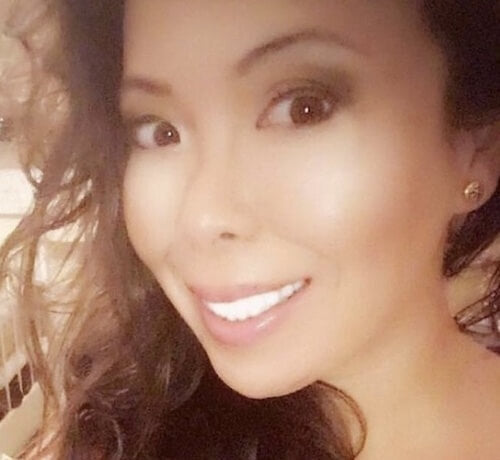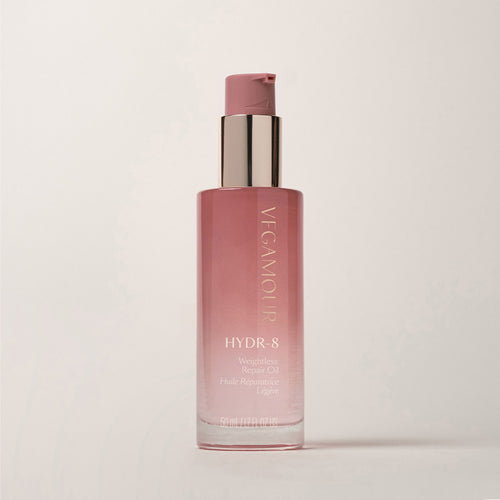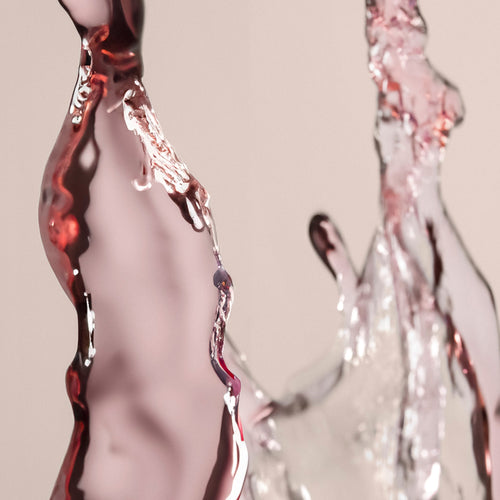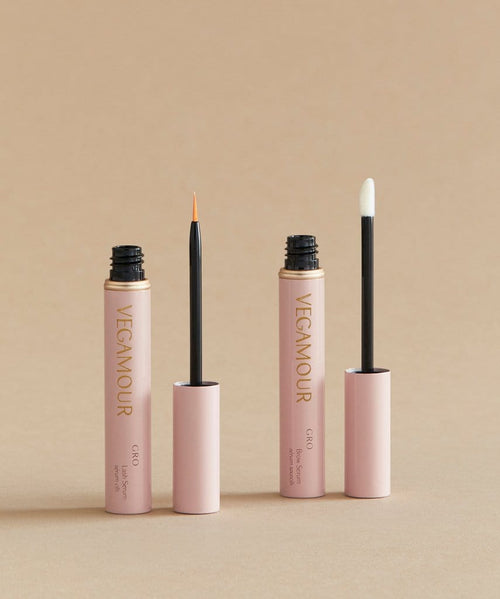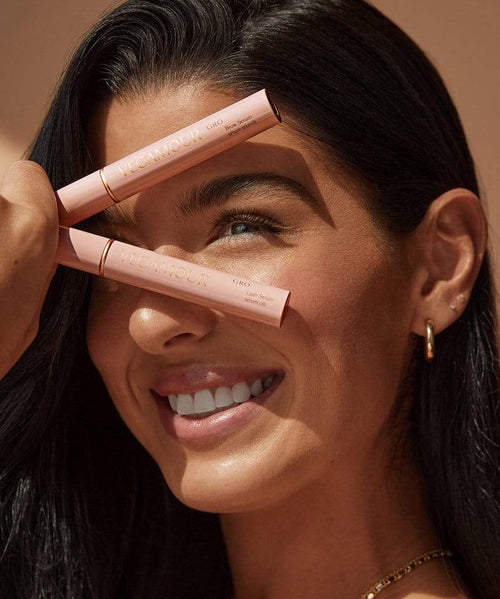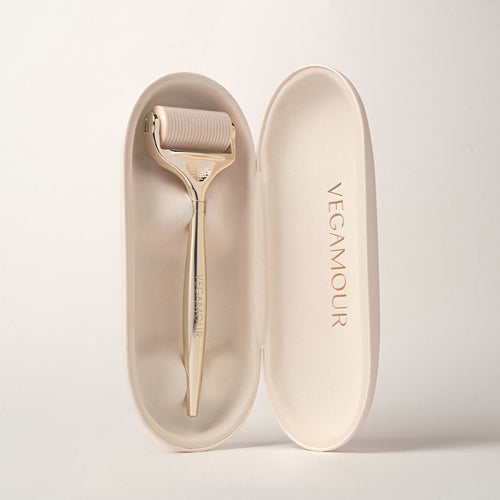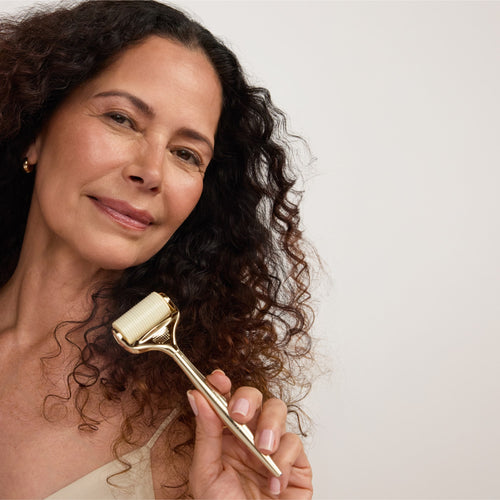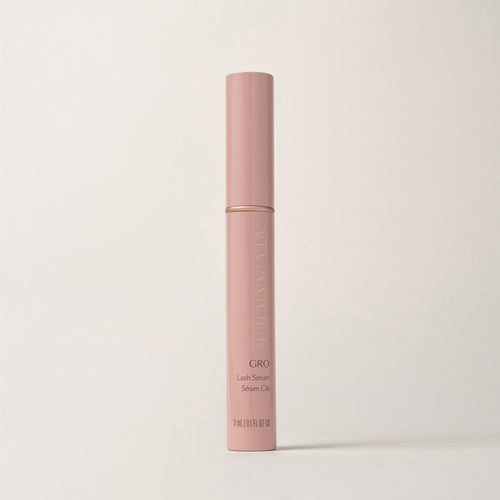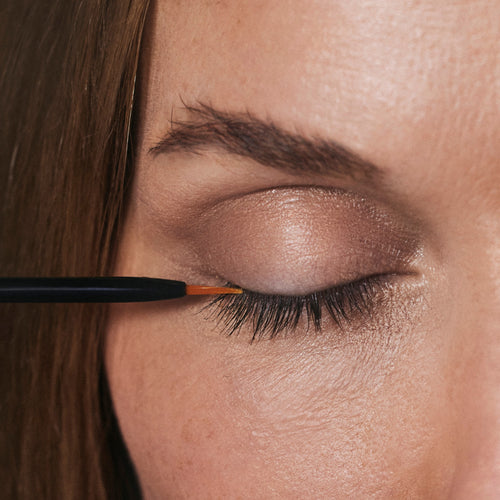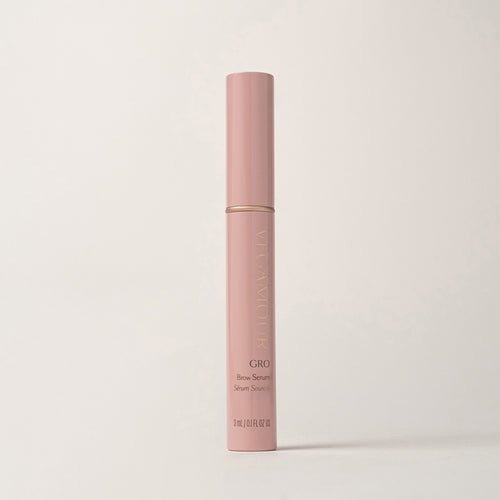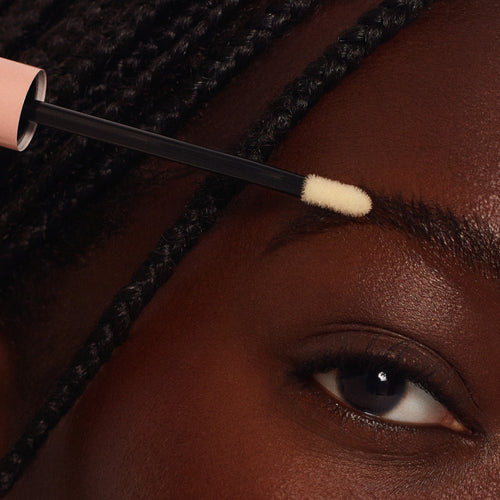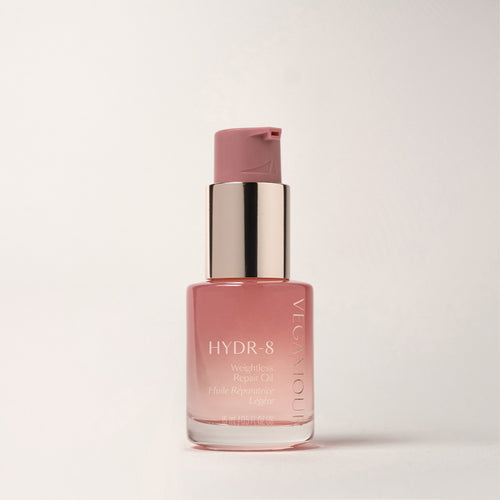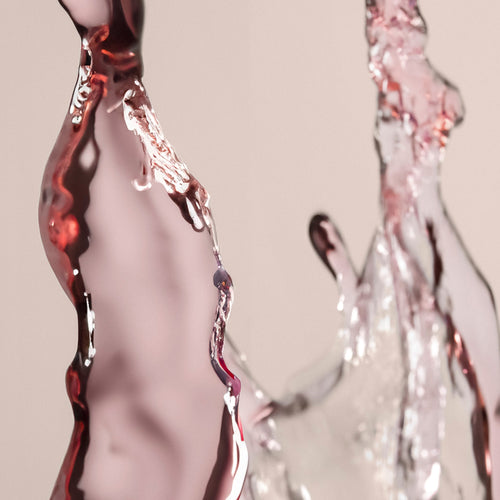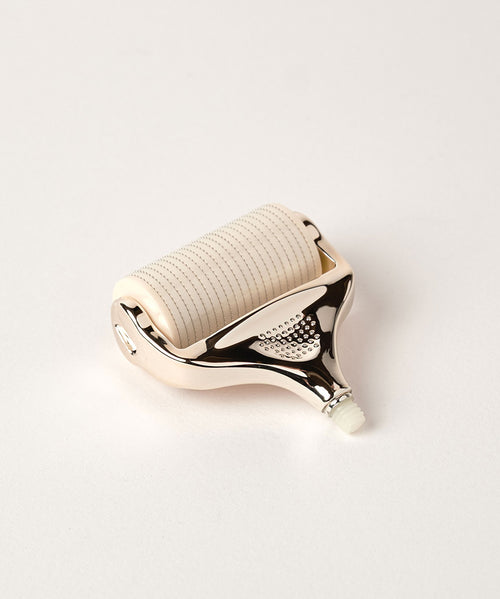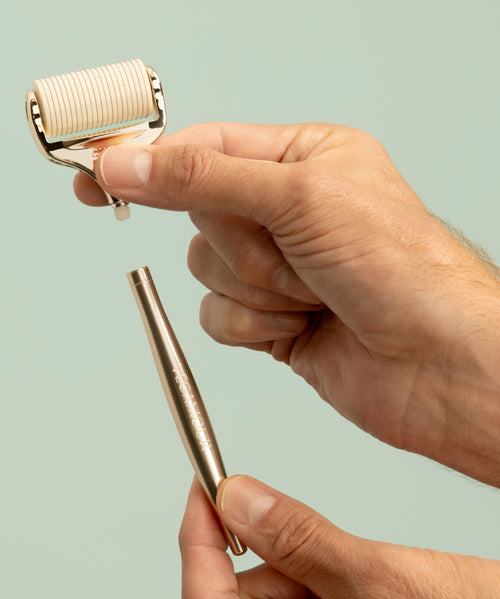We’ve all been there: That one trip to the salon where things got a little too scissor happy. The stylist promises just to cut off your split ends. You wait patiently watching your hair fall to the floor and as soon as your chair is swiveled around to reveal the results of the snip, you realize they've cut off more than you anticipated. You grab your phone and furiously Google "how fast does hair grow??" with one too many question marks. Fortunately, hair grows back ... it's just a matter of how long it'll take.
As it turns out, much like the rest of the body, healthy hair is a reflection of overall health. Hair wellness, including the hair growth process, is a holistic process that starts from within. So let's find out how quickly hair actually grows. Plus, learn more about the products you should be using to get thicker, fuller looking hair.
#include-related-slider#
How Fast Does Hair Grow?
The average rate of hair growth per year is six inches for most people, which translates to half an inch per month. According to The American Academy of Dermatology, all the hair follicles we will have in our lifetime are already in place when we are born. We enter the world with approximately 100,000 hair follicles on the scalp. Hair has two distinct components: The hair follicle, which is in the skin, and the hair shaft, which is visible above the scalp.
Hair does grow relatively quickly — the only faster growth within the human body is bone marrow. Hair growth tends to occur more quickly in males than it does in females.
There are many factors that influence how hair grows, including:
- Age
- Sex
- Hormones
- Stress
- Scalp health
- Diet
- Hydration
- Sleep
- Vitamins or supplements taken
- Protein intake
- Vitamin deficiencies
- Heat styling
- Scalp and hair oils
- Damage or breakage
- Hair product ingredients
Now that you know how much hair growth you can expect over the next year, let's find out exactly how hair grows, how to grow your hair and how to integrate hair care into a self-care routine.
Shop: GRO More Kit
Exactly How Hair Grows
The hair growth cycle consists of four different stages:
- Anagen
- Catagen
- Telogen
- Exogen
Read: How to Grow Hair Faster
Anagen Phase
Anagen is the hair growth phase; during this phase, new hair growth pushes old hair up and out of the hair follicle. This phase is about two to six years long in duration. The good news is that approximately 90% of your hairs are in this anagen phase at any given time. The bad news is that a shorter anagen phase can stunt hair growth and the amount of hairs in this phase continues to decline as we age.
“As we age, some hair follicles do slow or stop growing,” said Michelle Henry, MD, Clinical Instructor of Dermatology, Weill Cornell Medical College. “This is why many people may notice hair thinning or baldness with age.”
Other factors play a role in stunting hair growth and damage. This can include the overuse of heat styling or using an improper brush on wet hair, leading to split ends on strands.
"Many people aren't aware that certain surgeries and/or anesthesia impact the rate of hair growth," said New York City Hairstylist Jasmine Anna Galazka. These procedures may stunt the rate in which the hair does grow, Galazka said.
Learn: How to Make and Use Rice Water for Hair Growth
Catagen Phase
Next is the catagen phase, when hair growth stops, acting as a transitory phase from the growth cycle to the hair shedding process. Those with thinning hair may have a disproportionate amount of hair during this phase, preventing hair growth and leading to hair loss. The catagen phase is typically around three weeks long but can be as long as four months.
Shop: Clean Hair Products
Telegen Phase
The telegen phase is when the body is preparing to shed hair and begin a new growth cycle. This phase lasts about three months.
Read: How Biotin Can Benefit Your Hair, Skin and Nails
Exogen Phase
Finally, the exogen phase is the shedding process, in which it is normal to experience hair loss of about 100 hairs each day. While that sounds like a lot, remember we have about 100,000 hair follicles. This is the shortest of the hair growth cycles, lasting only a few days.
Learn: Why You Should Try Washing Your Hair With Beer
How Hormones & Ethnicity Impact Hair Growth
“A decrease in estrogen hormones (often with age) as well as increase in thyroid hormones can lead to hair loss,” Dr. Henry explained. “ Mental and/or physical stress can also trigger a hair loss condition called telogen effluvium which can cause excessive shedding for many months.”
And, while many people tend to feel that their hair grows faster in the summer months, there is little conclusive evidence or research-backed studies that link increased hair growth to any particular season, explains the doctor. Hair tends to grow based on its cycles, rather than seasons.
According to The International Journal of Dermatology, ethnicity can also play a role in how quickly one's hair grows. The study reported racial differences in hair growth, citing the average hair growth rate of Asian women was nearly six inches per year. African-American women had the slowest growth at four inches per year whereas Caucasian women experienced about five inches of hair growth per year.
Learn: Is It Safe to Take Prenatal Vitamins for Hair Growth?
You Are What You Eat
The body is a mirror of what is going on within it. Adopting a nutrient-dense diet, including protein, fatty acids, oils rich in omega 3 and fatty acids, vitamins and minerals, supports overall health and healthy hair. Maintaining a vitamin- and mineral-rich diet can help stimulate the natural production of natural oils on both the hair and scalp and may also help in preventing or reducing split ends and hair damage.
Inflammatory ingredients such as excess sugar can hinder the absorption of protein, ultimately leading to hair thinning, hair loss, damage and breakage, so reducing such ingredients can also be helpful for healthy hair. Incorporating the regular use of supplements such as a daily gummy vitamin containing folic acid, zinc, selenium, biotin or Vitamin D, may also help nourish hair, especially for those with deficiencies.
Related: The Best Foods for Hair Growth
Pick Plant-Powered Products
Along with taking supplements and minimizing heat styling, choose hair care products specifically created to nourish you hair and encourage visible hair density. Try massaging the scalp and hair, using your hands or handheld scalp massager, to boost circulation and oil production. Regular massages are also an important part of regular scalp exfoliation.
Opt for hair care products that include powerful plant-based phyto-actives that address both the symptoms and causes of visible hair thinning and hair loss. Detangle your hair only when your hair is damp and saturated with a revitalizing conditioner to minimize friction-induced breakage or damage.
VEGAMOUR GRO Hair Serum is safe for daily use, free of known toxins or hormones, utilizing clinically-tested vegan actives to promote healthy circulation, strengthen roots and soothe irritated scalps. Visible results of increased hair density and thicker, fuller-looking hair can be seen in 90 days with optimum results around the 120th day.
For those looking to add a daily vitamin to their routine, a chewable gummy is a yummy, convenient option. Vegan and gluten-free VEGAMOUR GRO Biotin Gummies combine vitamins such as A, B-5, C, E, 6 and 12, along with folic acid, zinc and biotin. These vitamins and minerals work to strengthen and support the scalp and hair while stimulating new cells and keratin production, resulting in fuller, thicker-looking hair.
#include-related-slider#
Build a Hair Wellness Routine
But hair wellness doesn't have to stop there. Since stress plays a role in your hair growth, make sure to incorporate stress-reducing activities such as regular yoga, meditation and time outdoors away from screens, along with prioritizing healthy hair care for a holistic hair wellness routine.
More From VEGAMOUR
- Review: I Tried VEGAMOUR's GRO Hair Serum for 18 Months
- Niacin for Hair Growth: Benefits and How to Use
- Tips for Growing Out a Pixie Cut
- How Often You Should Wash Your Hair
Photo credit: Juliana Stein/Pexels
Back



